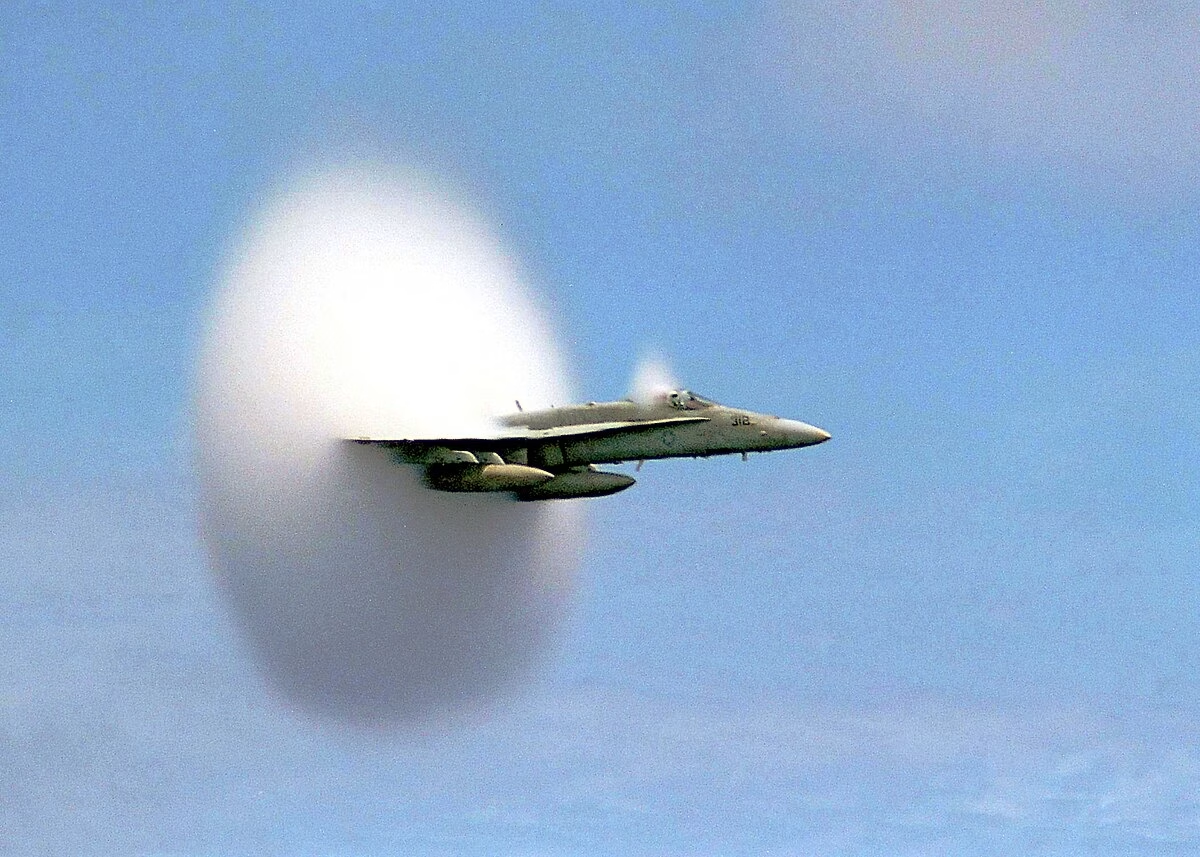The Shifting Speed of Sound: Why Mach 1 is a Moving Target for a New Supersonic Era
When you hear "Mach 1," what speed comes to mind? For many, it's a specific number: 761 miles per hour. But that's only a tiny piece of a much more complex and fascinating picture. In reality, asking "how fast is Mach 1?" is like asking "how long is the coast of Britain?" The answer, frustratingly, is: it depends.
This isn't just a bit of trivia. As a new generation of supersonic aircraft, from NASA's X-59 "quiet" jet to commercial concepts from companies like Boom Supersonic, pushes toward reality, understanding the true, variable nature of Mach 1 has become more critical than ever. The speed of sound isn't a constant; it's a dynamic threshold that engineers and pilots must constantly recalculate.
And that's the key. The speed of sound itself changes.
It's Not the Altitude, It's the Temperature
Think of sound as a vibration traveling through air molecules. In warmer air, molecules are zipping around with more energy, so they bump into each other more quickly, transmitting that vibration faster. In colder air, the molecules are more sluggish, and the sound wave propagates more slowly. It's that simple.
Here’s what that looks like in the real world:
- At sea level on a standard day (59°F / 15°C): The speed of sound is approximately 761 mph (1,225 kph). This is the number most people know.
- At a typical cruising altitude of 35,000 feet: The air is brutally cold, often around -65°F (-54°C). Here, the speed of sound drops significantly to about 660 mph (1,062 kph).
An aircraft could be flying at a constant 700 mph, and it would be subsonic at sea level but well into supersonic flight at high altitude. This is why pilots and flight systems don't rely on ground speed; they rely on the Mach number, which tells them how their aircraft is behaving relative to the air immediately around it. Breaking the sound barrier isn't about hitting a magic number on the speedometer, it's about outrunning the sound waves you're creating in that specific patch of sky.
Modern Relevance: From Sonic 'Thumps' to Supersonic Airliners
This variability is a central challenge for today's aerospace pioneers. Take NASA's X-59 QueSST (Quiet SuperSonic Technology) aircraft. Its entire mission is to fly at supersonic speeds over land without creating a window-shattering sonic boom, instead producing a much quieter sonic "thump."
To do this, the X-59's unique shape is designed to precisely control the shockwaves that form as it exceeds Mach 1. But the exact moment it hits Mach 1 and how those shockwaves behave depends entirely on the temperature of the air it's flying through. Test pilots can't just aim for 661 mph; they must fly based on the real-time Mach number to gather accurate data on the sonic thump. A few degrees difference in air temperature can alter the conditions of their experiment.
It's the same story for commercial ventures like Boom Supersonic, which is developing the Overture airliner. For an airline, efficiency is everything. The performance of a jet engine, the amount of fuel burned, and the aerodynamic stress on the airframe all change dramatically in the transonic region (from about Mach 0.8 to Mach 1.2).
The Barrier That Isn't a Wall
The term "sound barrier" itself is a bit of a misnomer, a holdover from the 1940s when it seemed like a physical wall in the sky. It's not a wall, but a point of radical change.
As an aircraft approaches Mach 1, the sound waves it generates can no longer get out of its own way. They begin to pile up in front of the aircraft, compressing into a single, powerful shockwave. This is what we hear on the ground as a sonic boom. For the aircraft, this transition creates immense aerodynamic drag and can cause severe stability problems if the plane isn't designed for it.
Understanding the precise speed of Mach 1 at any given moment is therefore a matter of performance and safety. It dictates how and when a pilot applies power and how the aircraft's control systems need to behave. As we look toward an era of even faster, hypersonic flight (Mach 5 and beyond), these foundational principles learned at the threshold of Mach 1 become even more critical, as the effects of temperature and pressure are magnified to an incredible degree. The old barrier, it turns out, is still the most important one to watch.
